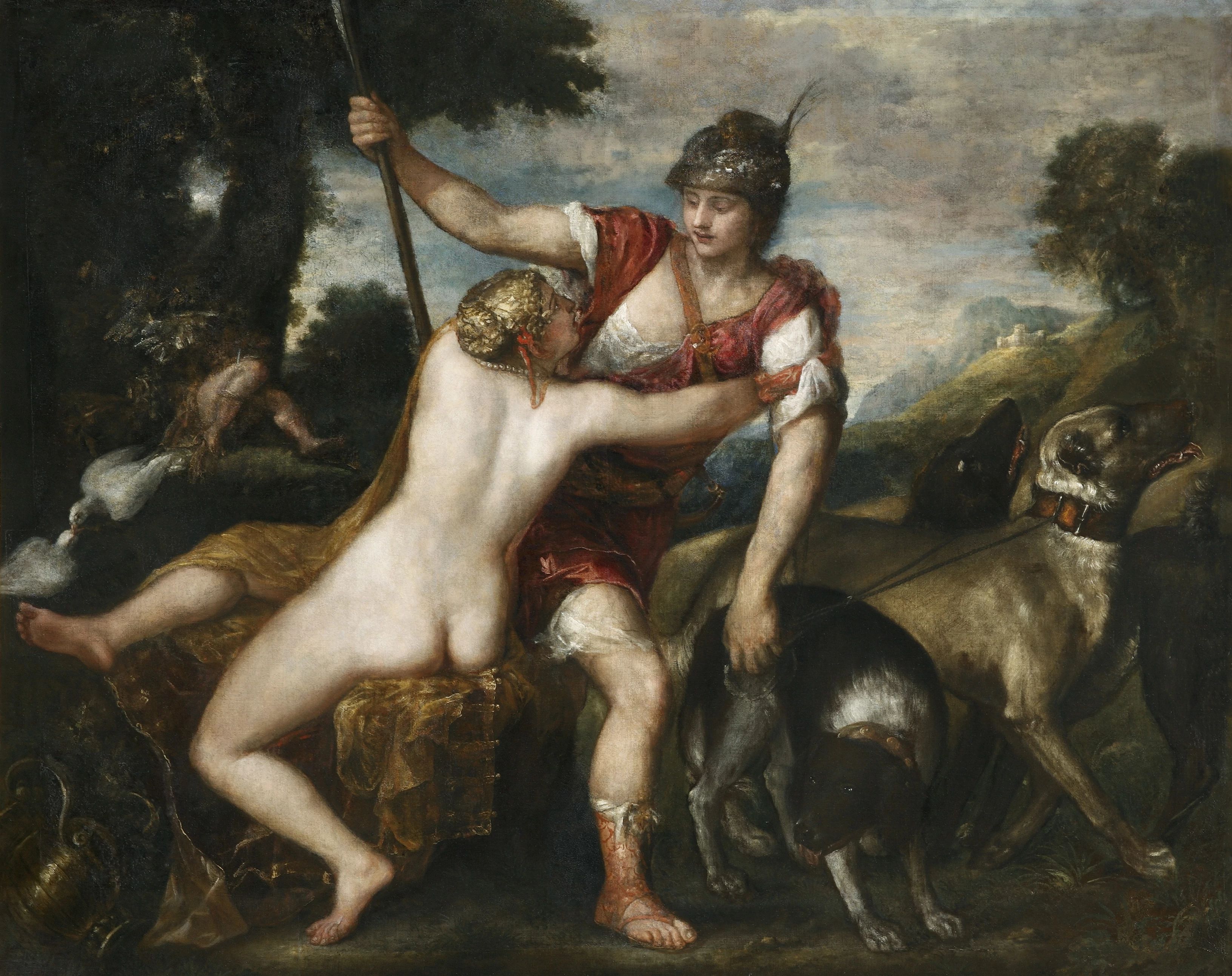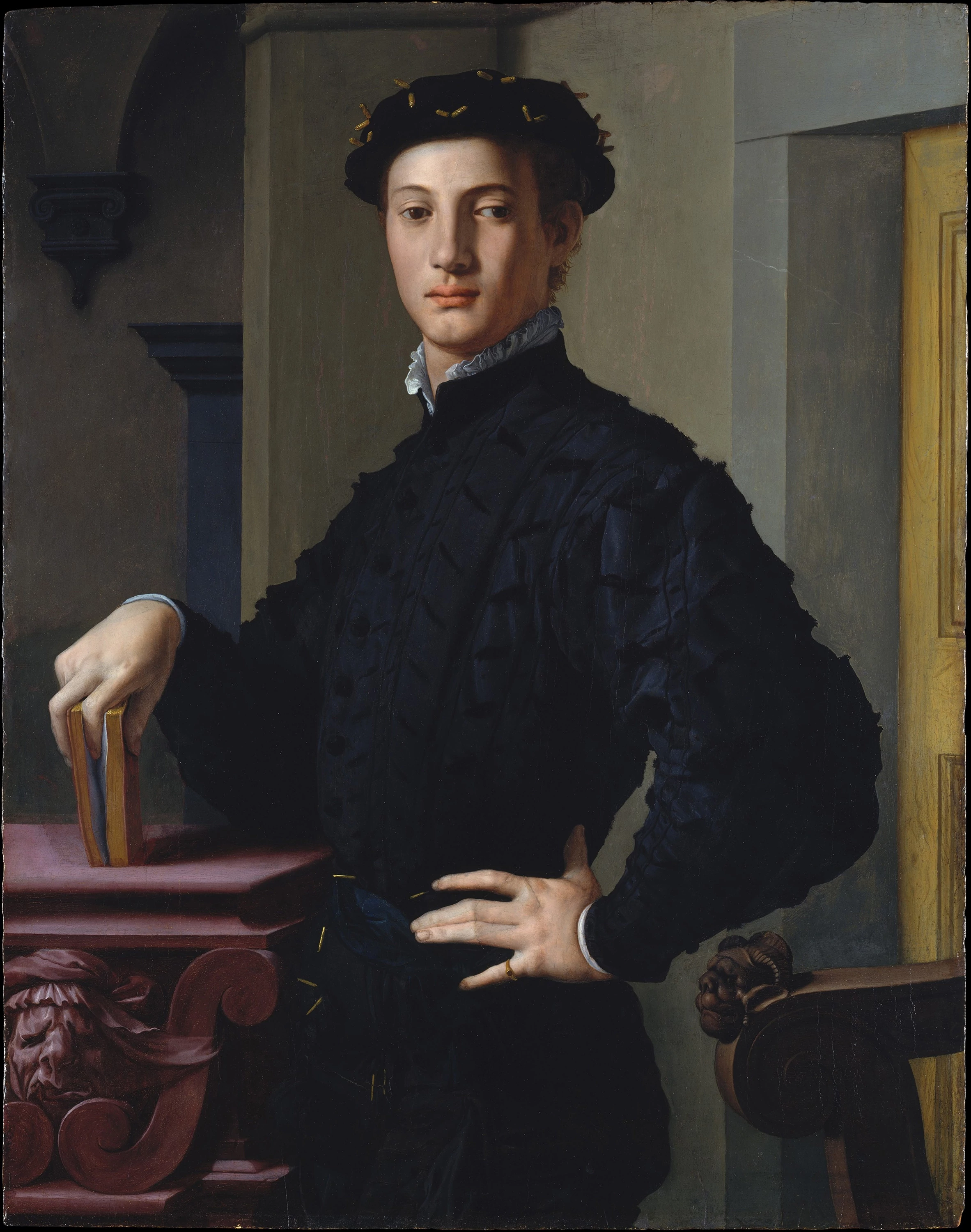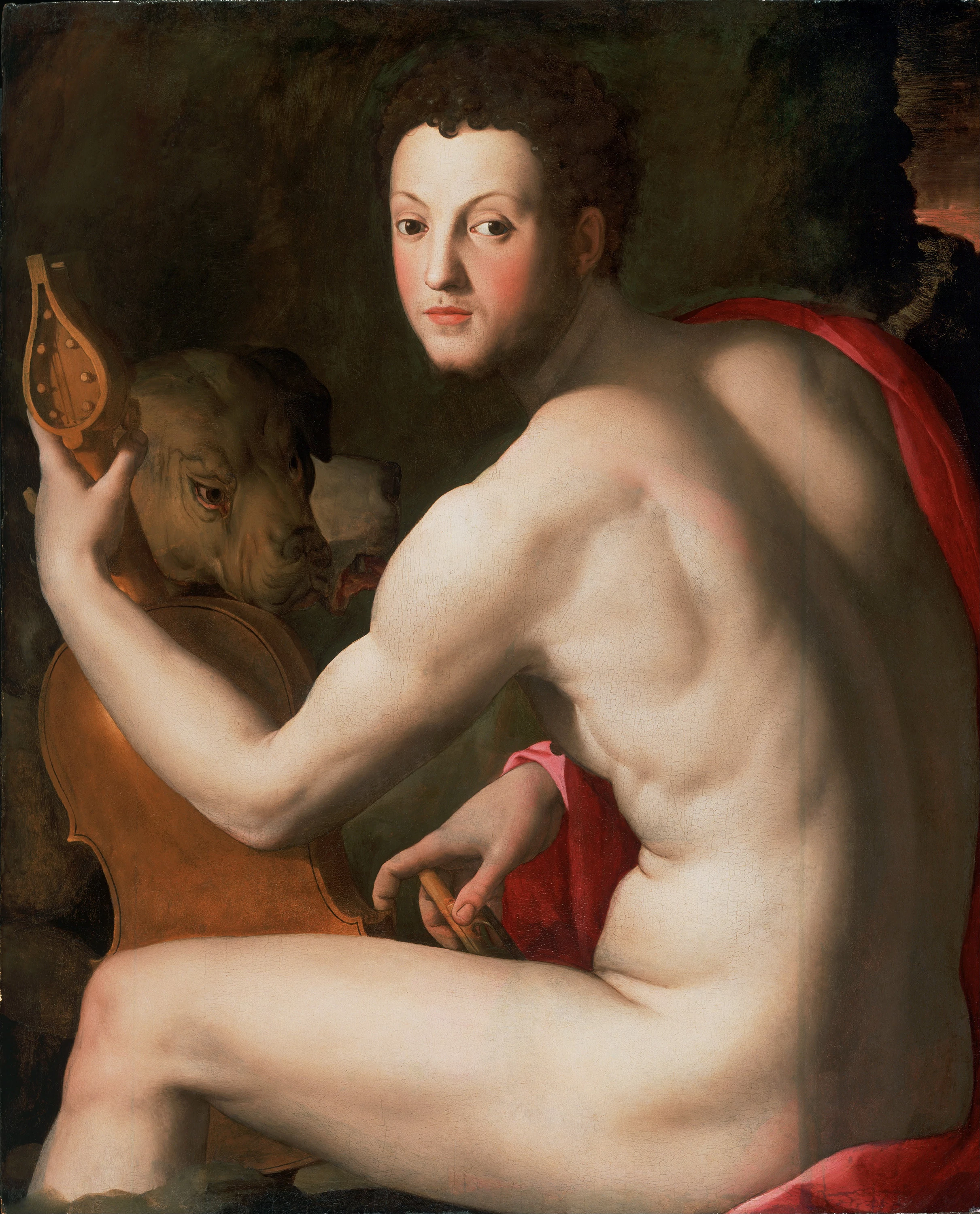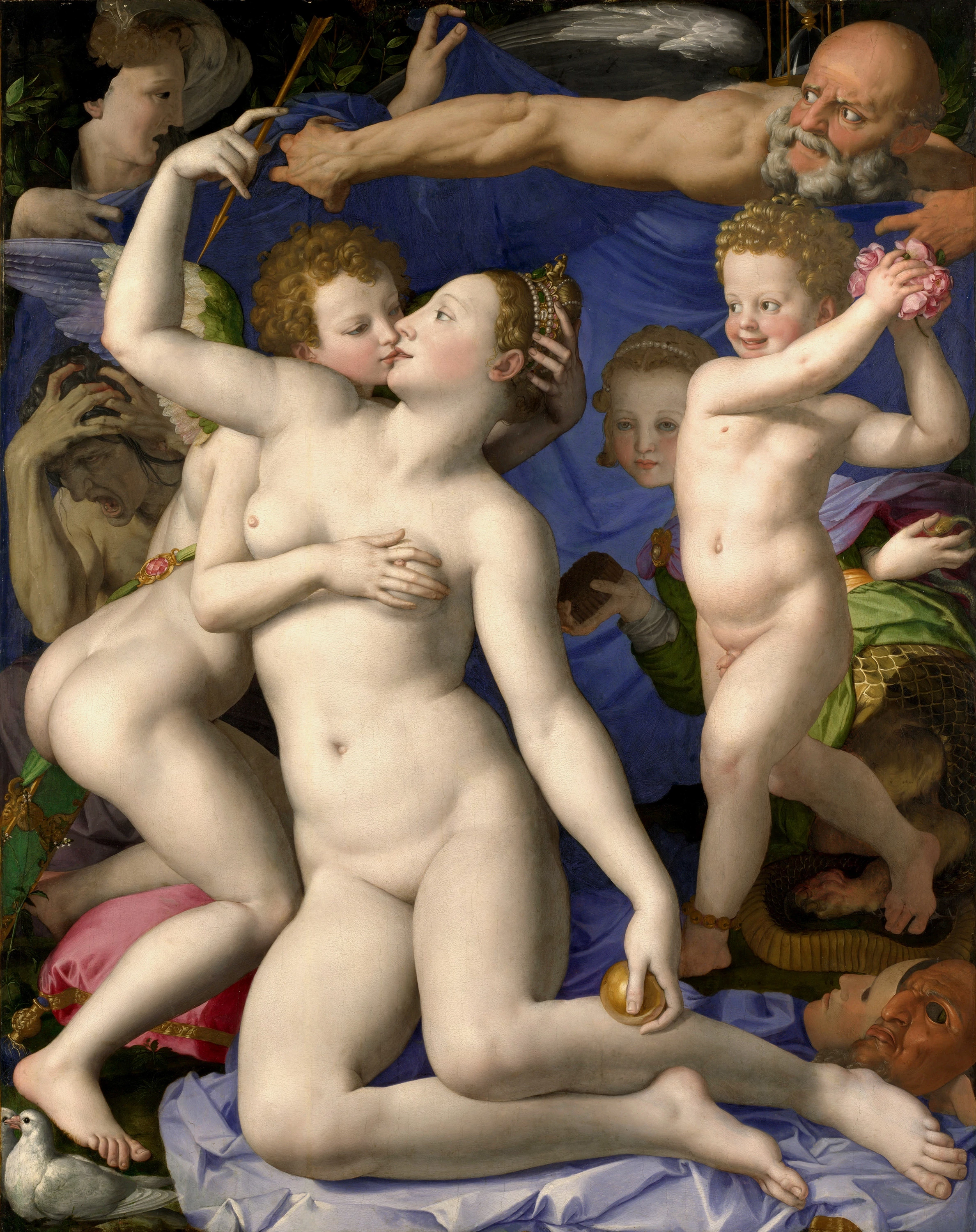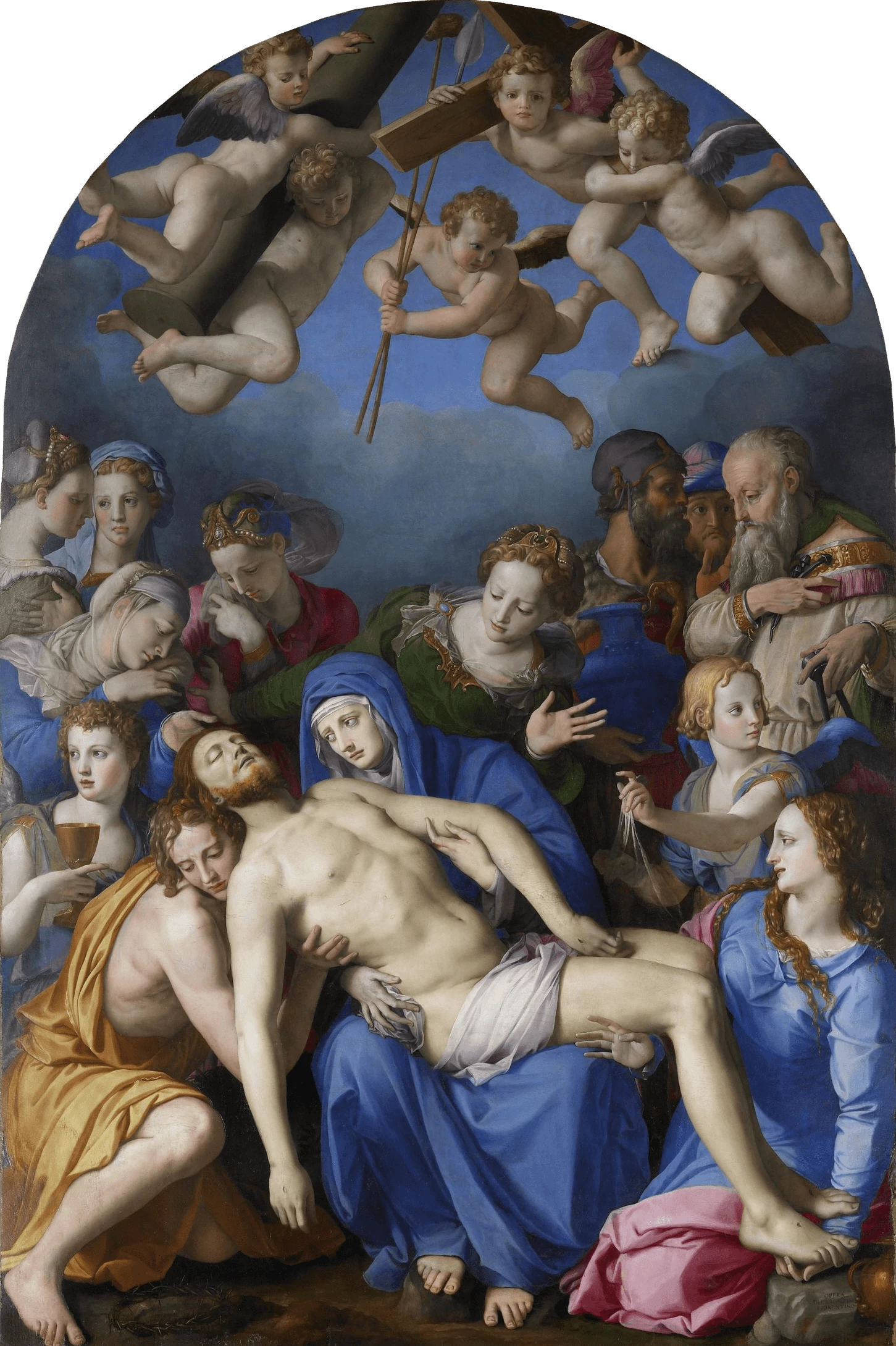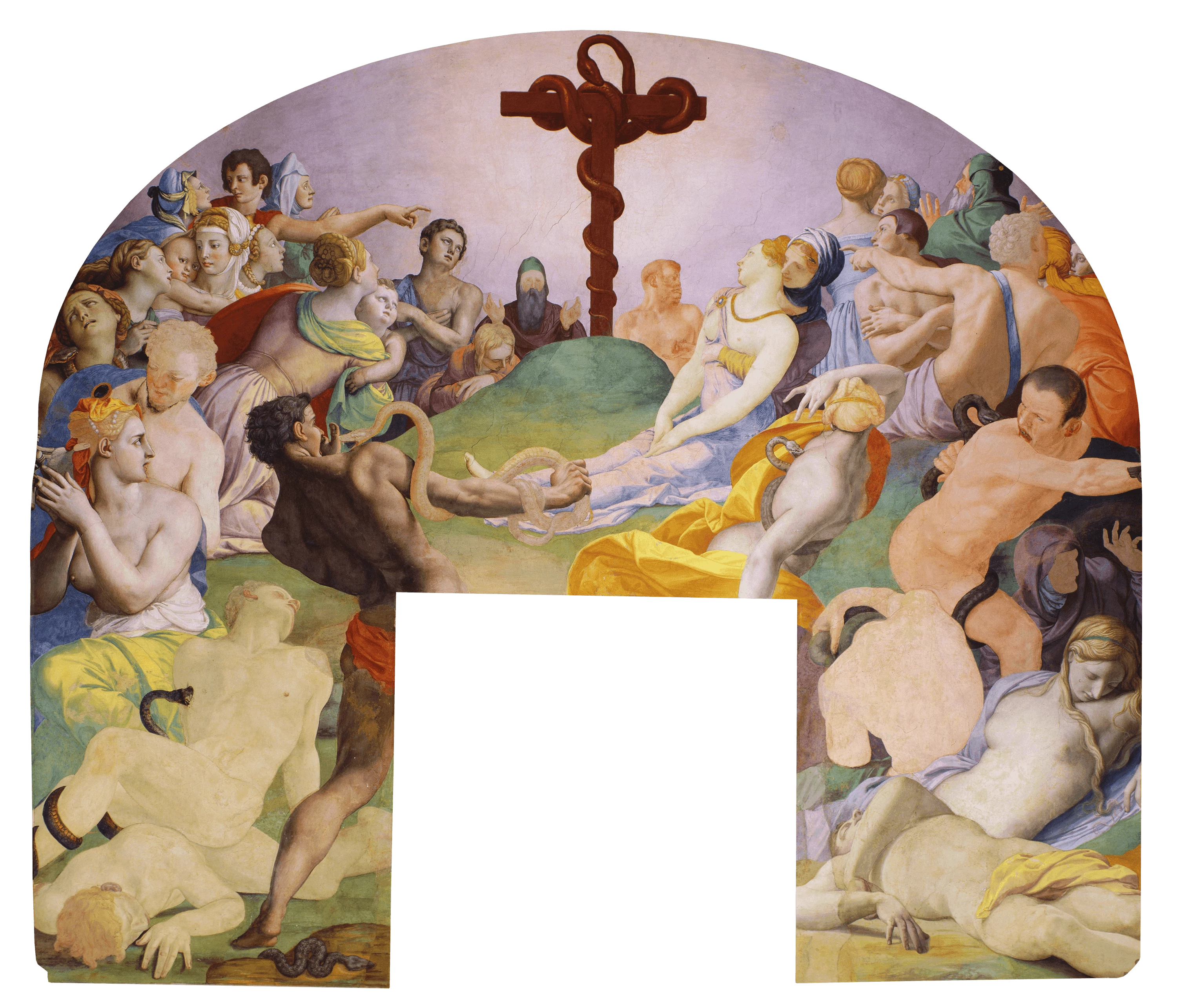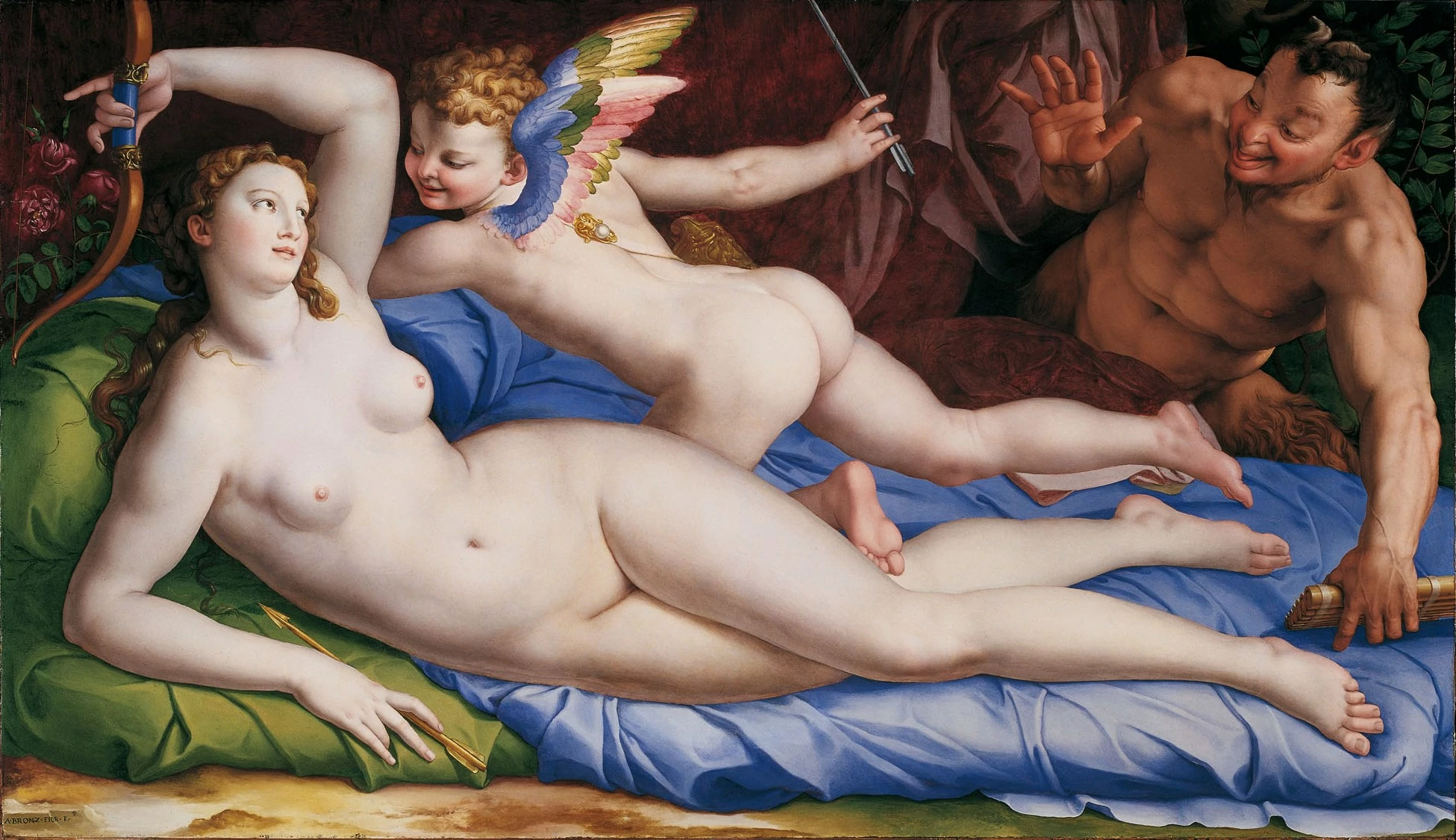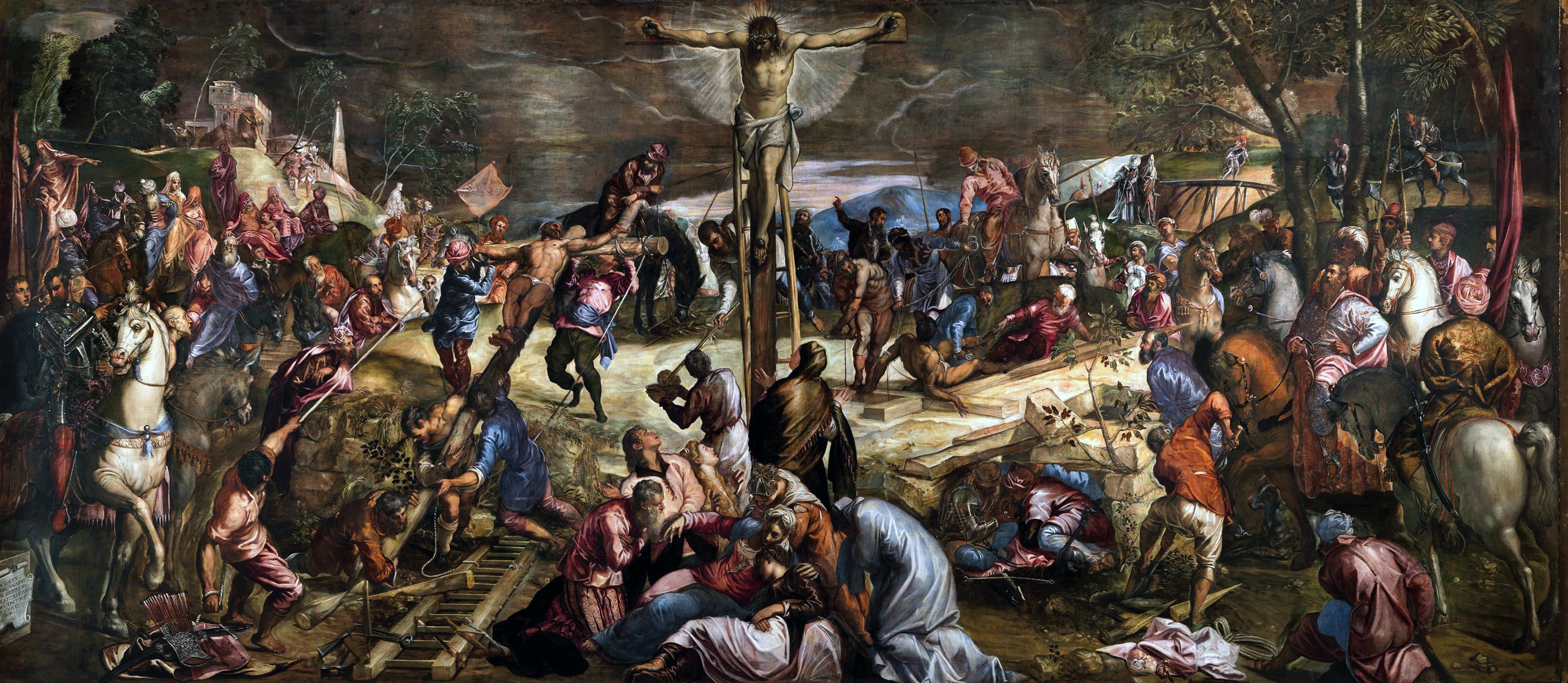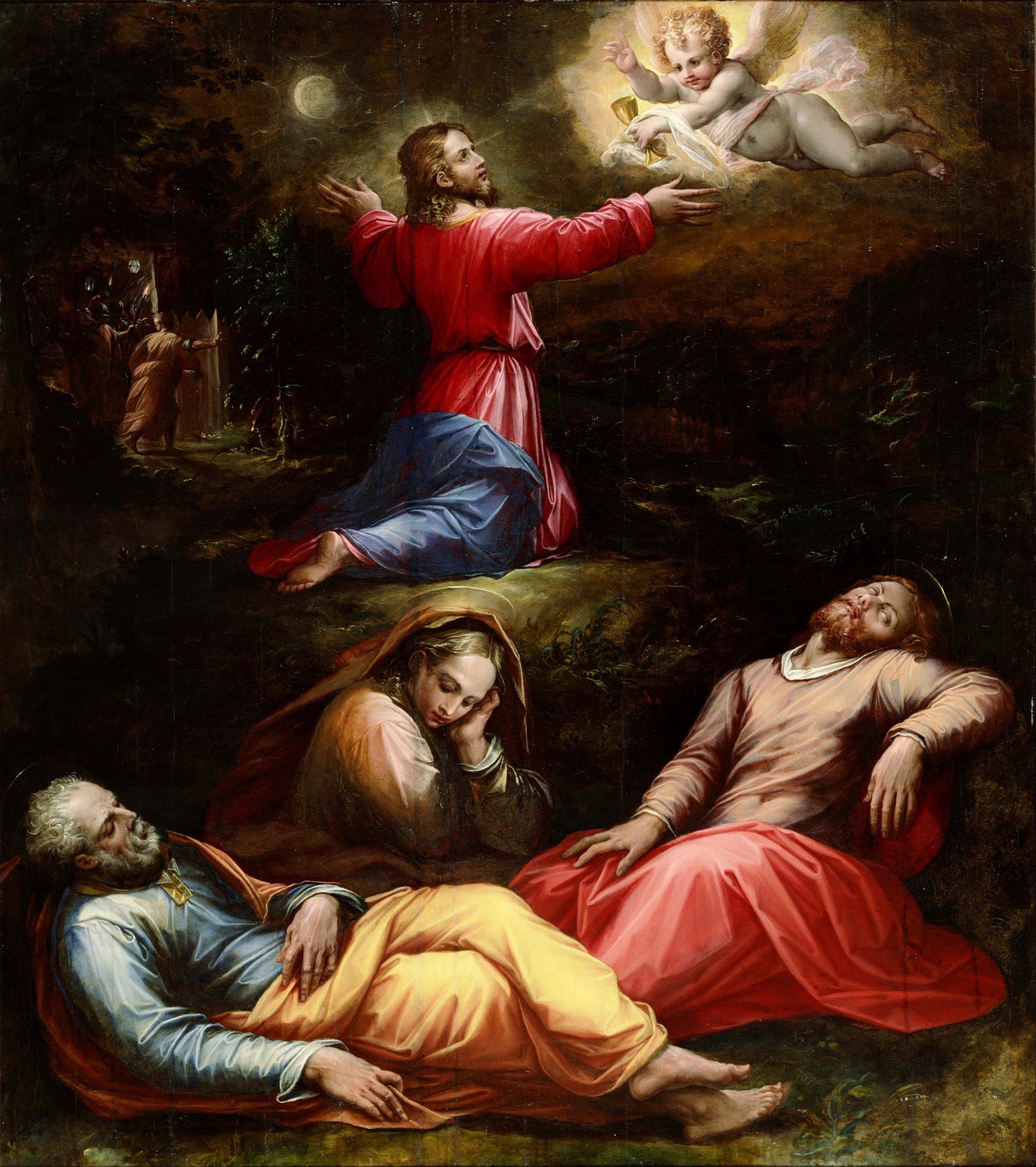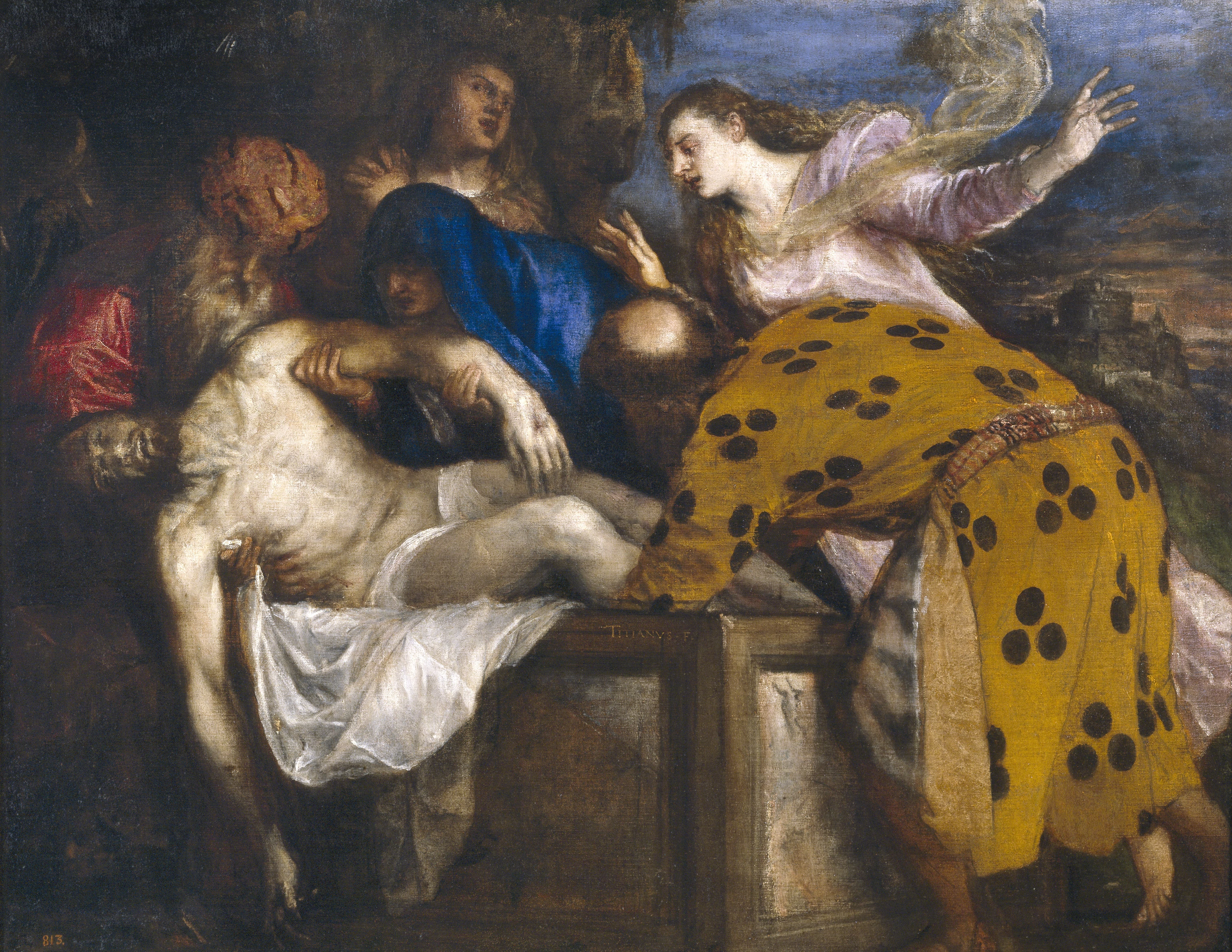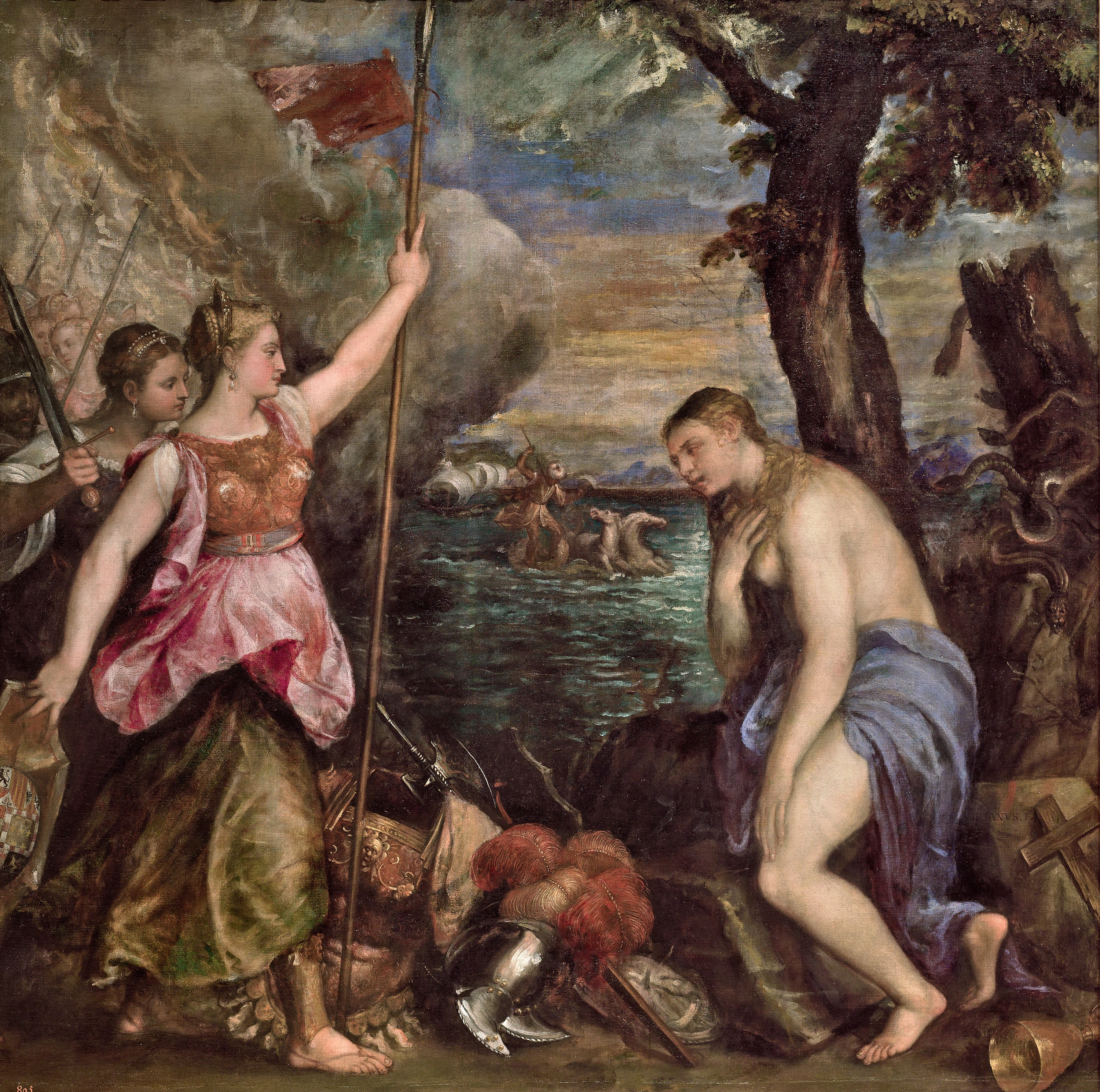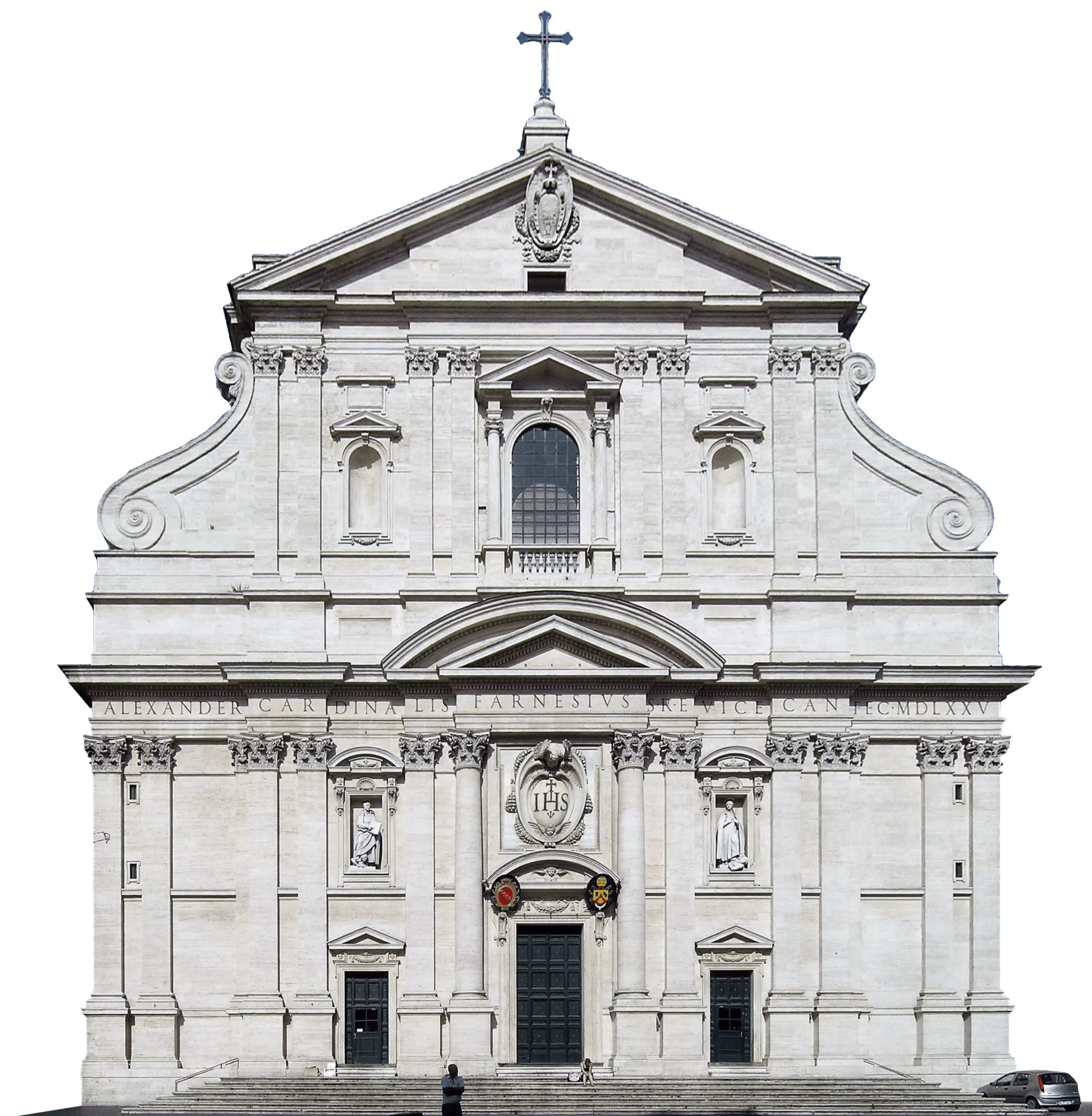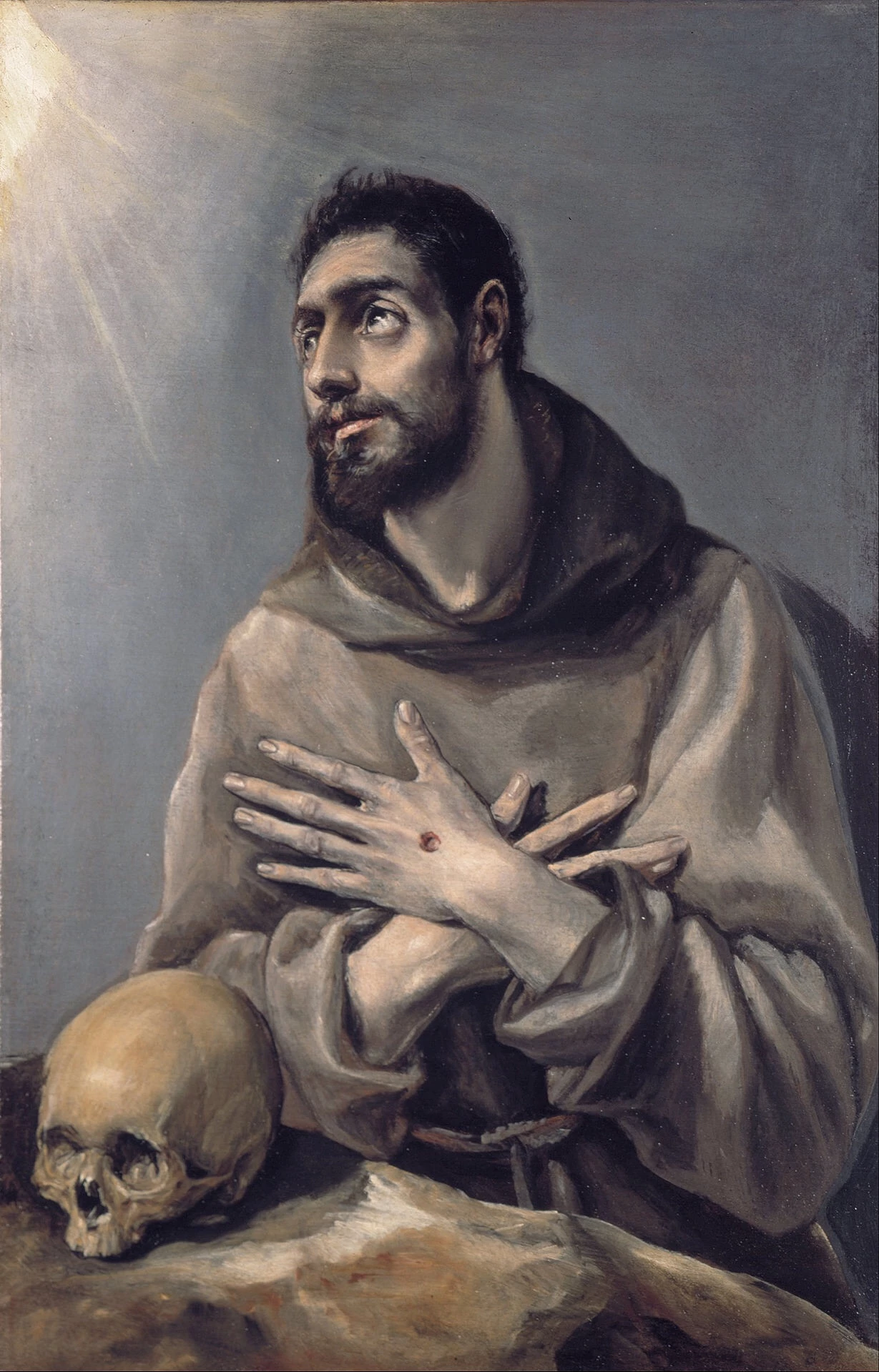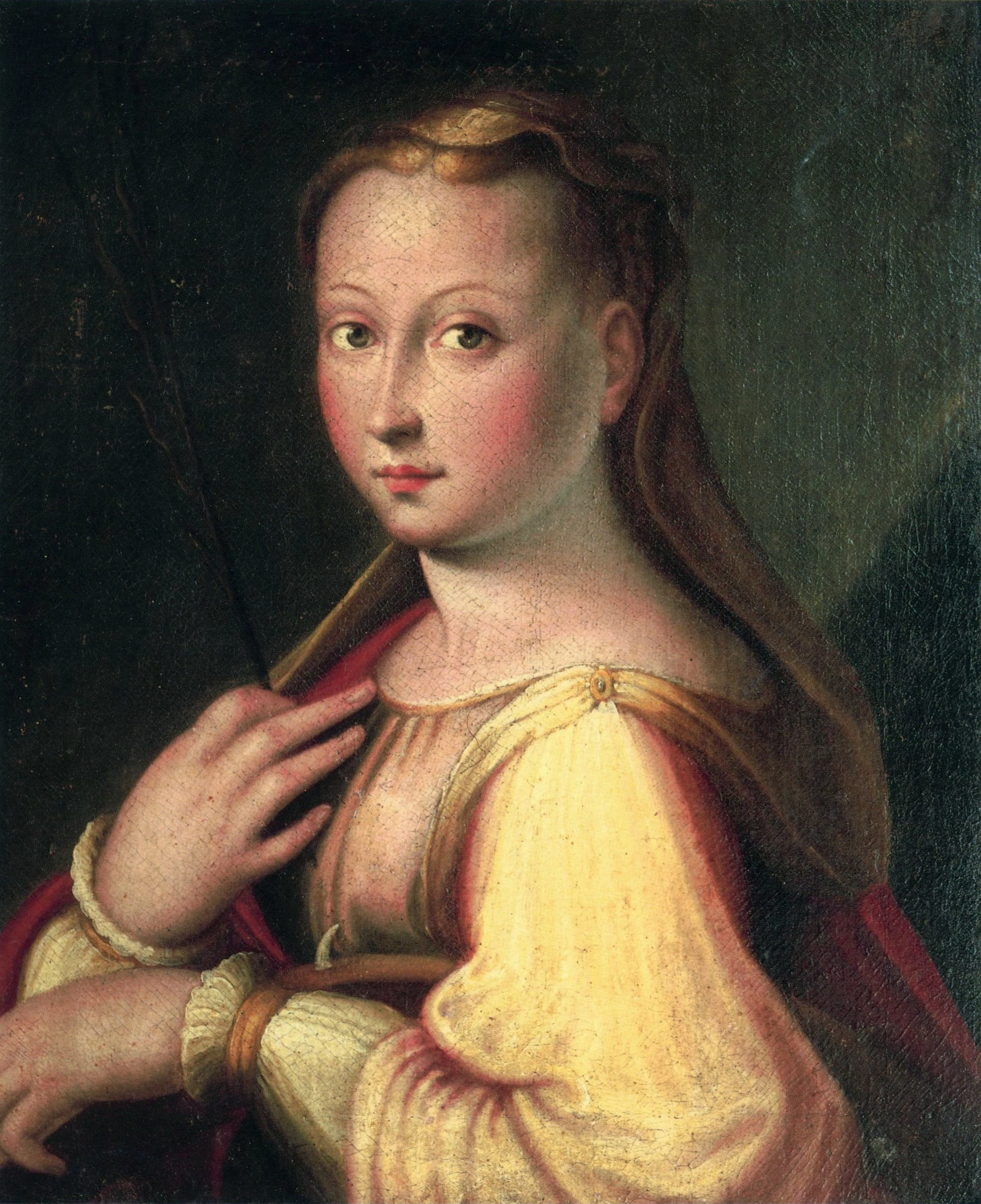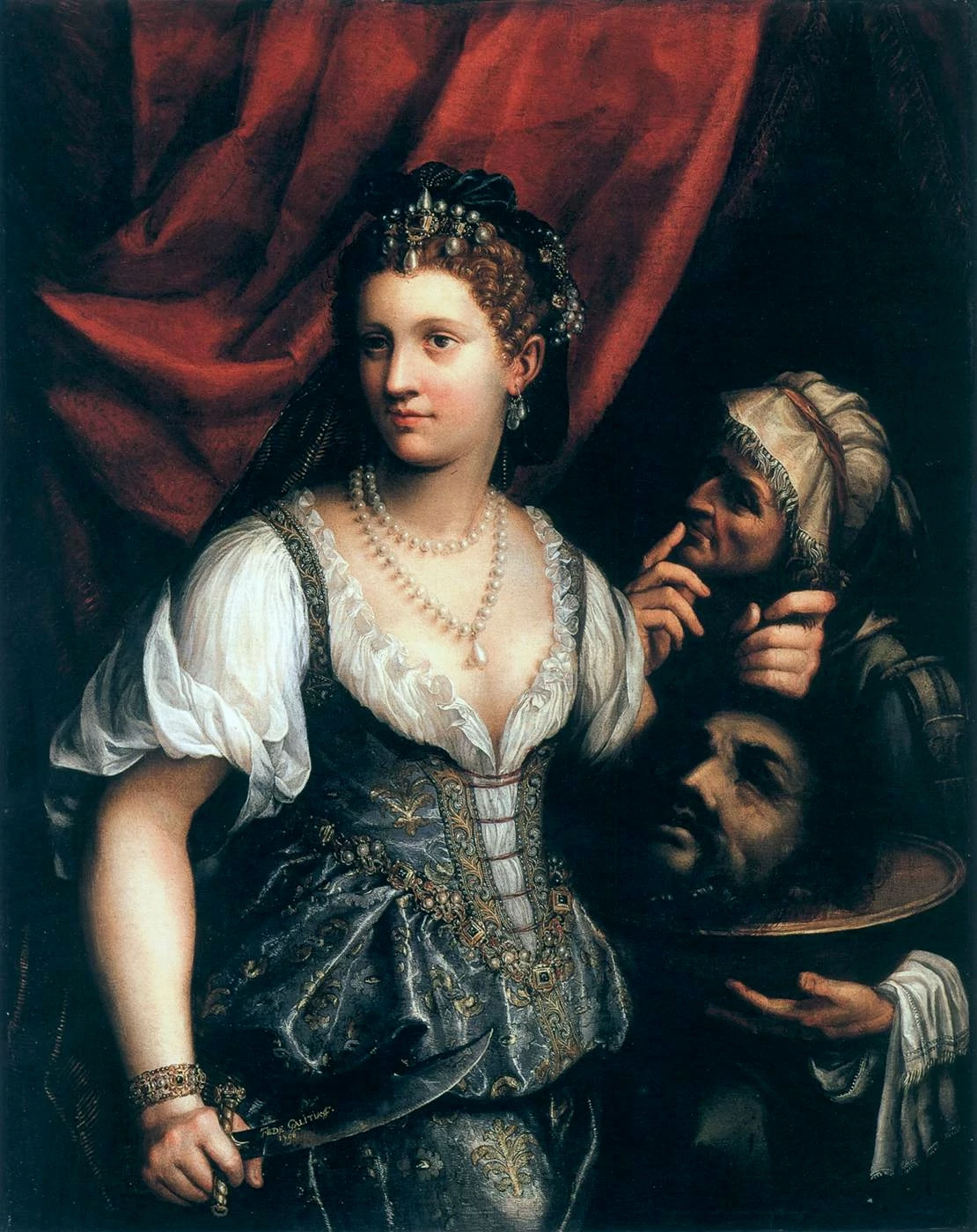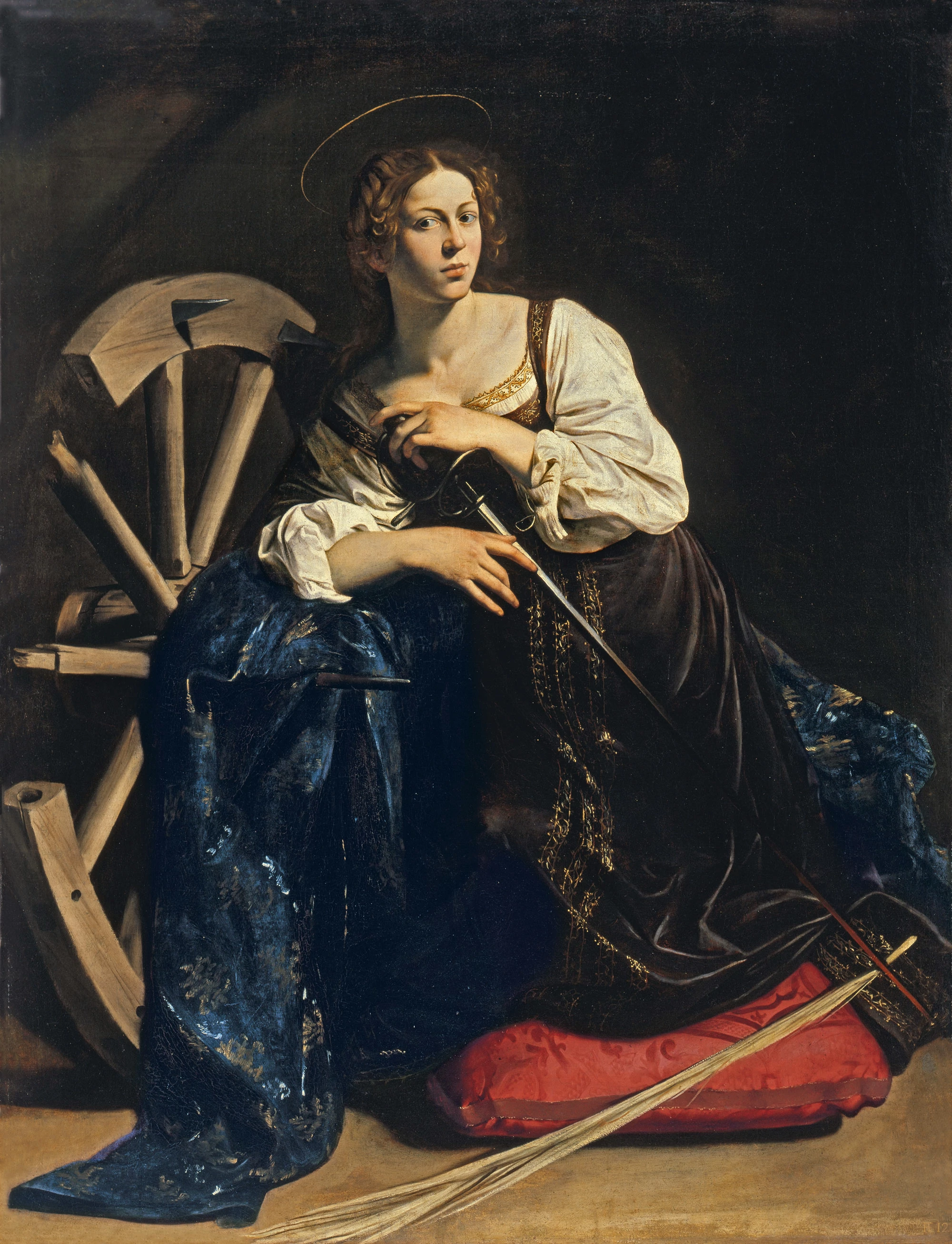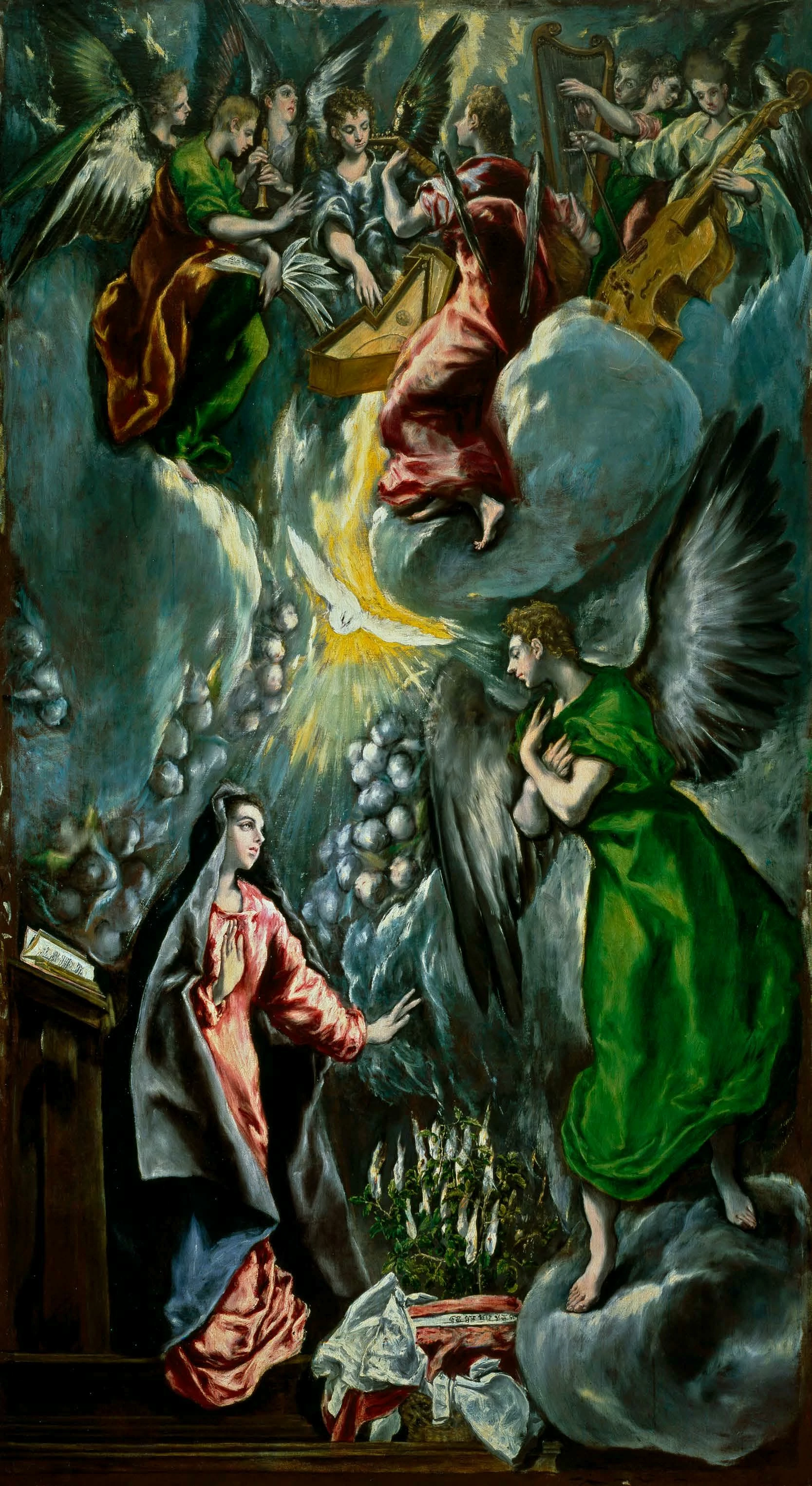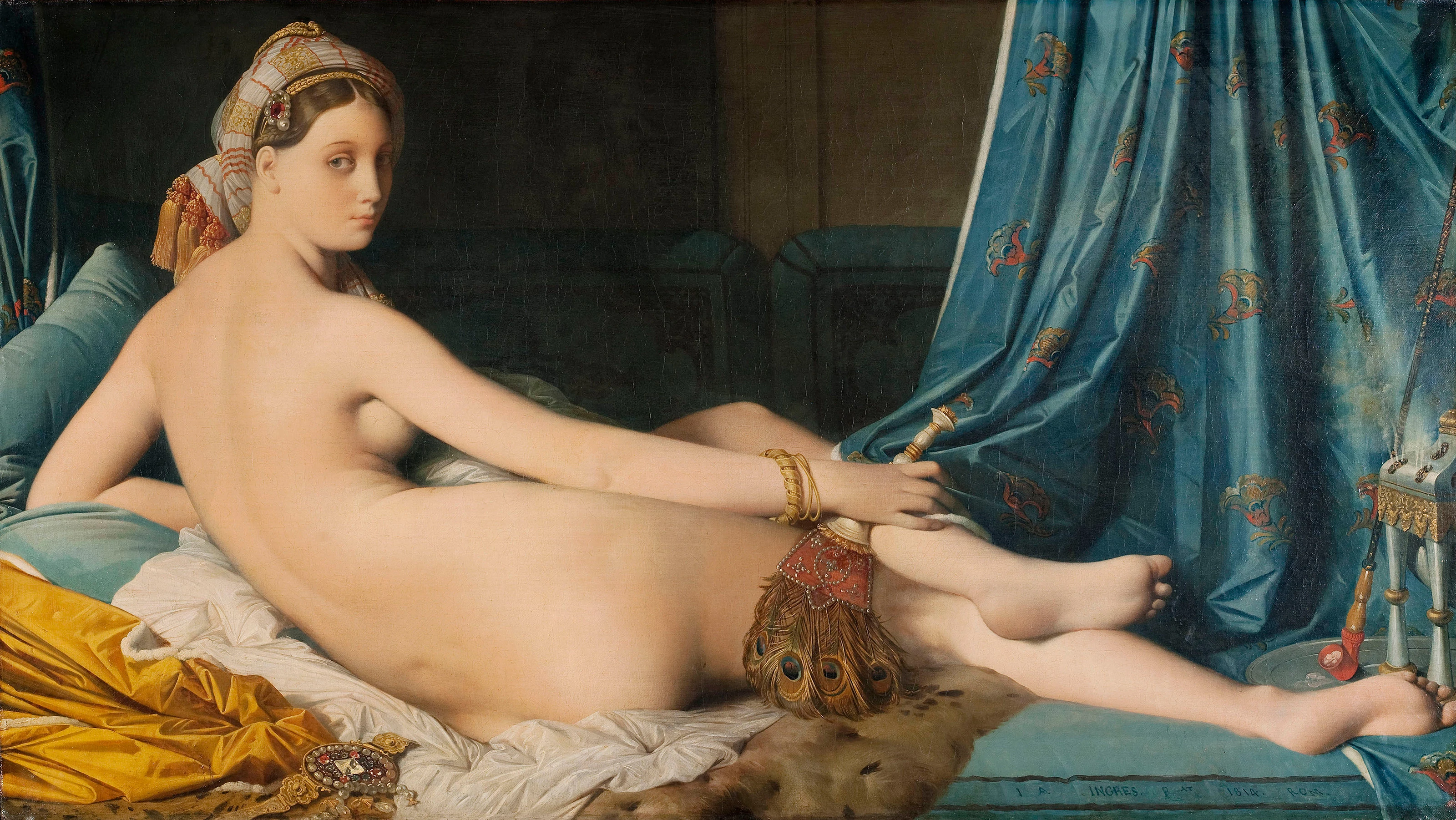Mannerism
Tension, distortion and ice-cold style
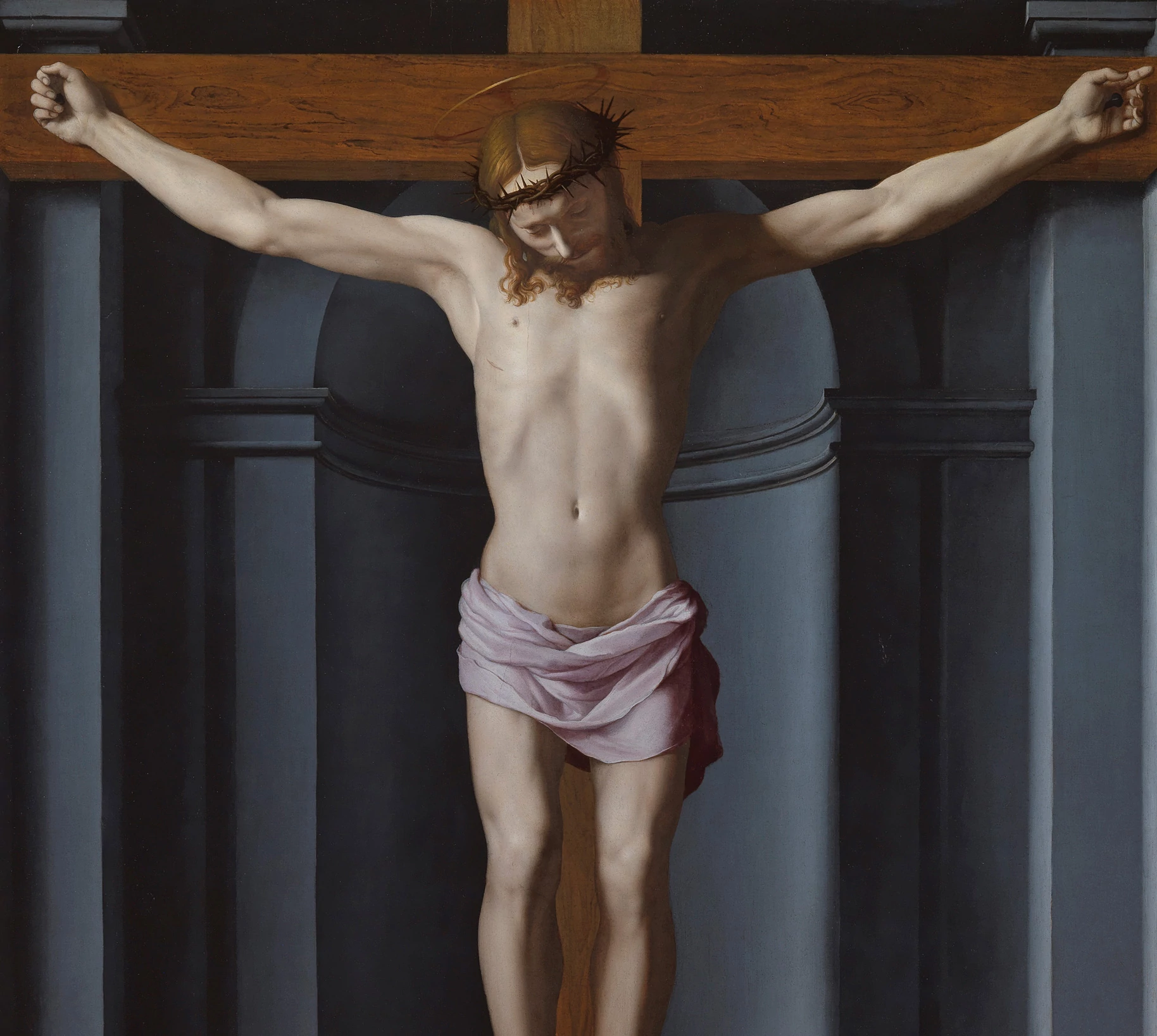

The term Mannerism likely began as an insult. ‘Maniera’ coined by the historian-painter Giorgio Vasari, meant either stylish or try-hard, but either way it perfectly described the decadence of post-renaissance painting, when artists like Michelangelo and Raphael began to distort their subjects.
High Renaissance painting elevated the human form to a super-human ideal. Men flexed rippling muscles, and every woman was a curvaceous Venus. Mannerism was the next logical step, where virtuoso painters pushed past natural proportions, stretching their figures into stylized cartoons with elongated fingers, surreally stretched necks, and precarious, unnatural poses.
Derogatory or not, Mannerism caught on. Young artists, like Parmigianino and Pontormo wanted to exceed the Renaissance masters, and pushed themselves to create more dramatic compositions, and imbue their work with psychological tension. Mannerism was stylish, it was fashion. Like runway models, the exaggerated subjects of Mannerist paintings were intended to look cold and aloof.
Though Mannerism began in the studios of Florence and Rome, the Sack of Rome in 1527 sent a wave of refugee artists across Europe. Soon the Mannerist style became rooted in Northern Italy, France, and even the Netherlands. But as Mannerism supplanted the naturalism of the High Renaissance, as the new dominant style it was soon to be toppled from its throne. A young artist named Caravaggio bringing his dark version of realism back into vogue in a new style called Baroque.
